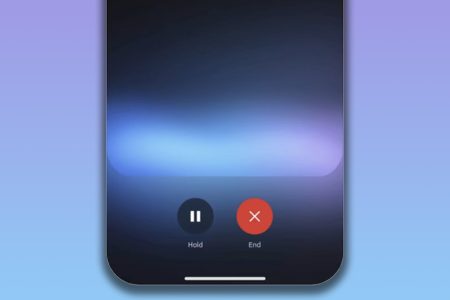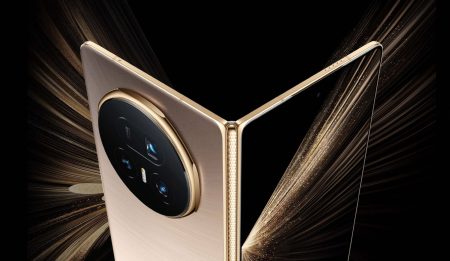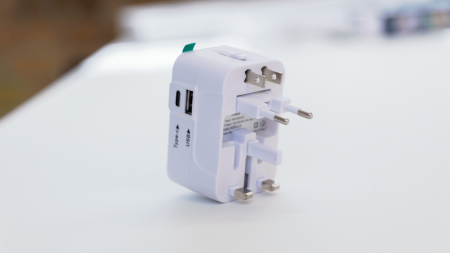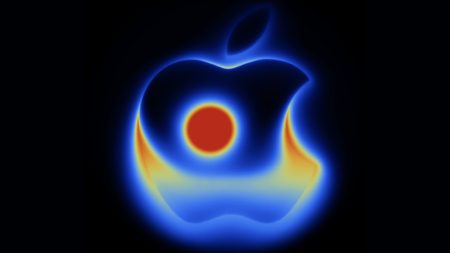The origin of a mysterious pulse originating from space has recently been exposed by scientists after a year of gradual investigation. This pulse, which was first detected in June 2024, has a super quick and intense signal that only lasts a few nanoseconds—a release so brief that it barely even escapes detection. However, this signal was unexpectedly found to be coming not from another alien civilization, but rather from a long-dead NASA satellite, known as the Relay 2. The team revealed that the signal was generated by a small piece of debris left behind by the satellite’s long life on Earth, which had suddenly returned contact with Earth. This discovery is both exciting and concerning, as it raises questions about the nature of space phenomena and the possibility of alien communication reaching Earth over millennia.
The pulse detected was a return радиotelescope and Array Pathfinder. It was so intense that scientists concluded that it likely originated from a process called orbital decay, in which debris that was previously in orbit above Earth’s surface had slowed down enough to once again circle the planet. This is unusual because debris typically dissipates over time, spiraling closer to Earth. However, the fact that this signal was so brief and wild suggests that something extraordinary had happened to bring the satellite back into thegame. Researchers suggested that the signal could have been generated by two main theories: either a massive amount of static electricity on the satellite reached a critical point and then discharged, triggering a brief burst of energy; or the satellite itself might have been struck by a small, spacerock-like object traveling at a high speed in its orbit, potentially releasing a powerful plasma jet. While the latter is less likely than the former, scientists are still weighing these possibilities, as evidence supporting another impact is lacking.
Throughout its history, space debris in Earth’s orbit has undergone a process called orbital decay, where debris that was once above Earth’s atmosphere is gradually brought back closer to the planet. This process is known for taking several years for small objects to burn up on reentry into Earth’s atmosphere. However, there are exceptions, particularly with larger or dustier objects. Such fragments, known as comosphacers or other large mineralized particles, do not undergo orbital decay and typically reenter high up in the stratosphere or other distant parts of space. The discovery of a short-lived radiotelescope, Array Pathfinder, has highlighted the need for a new way to study space debris without destroying it or altering its journey through space. Scientists have started using new techniques, such as detecting the plasma released by static charges on the satellite, to improve the accuracy of their observations of space phenomena like FRBs (Fast Radio Bursts).
Fast Radio Bursts, which are brief and intense radio signals emanating from outside of our galaxy, come in varying lengths and strengths depending on the origin of the signal causing it. The one detected in June 2024, which lasted less than 30 nanoseconds, was so strong it surpassed all other FRBs detected so far. FRBs are believed to originate from various sources, including mergers of black holes, alien civilizations, or potentially, extraterrestrial extraterrestrial objects. While scientific theories are still thin on the hoist, knowing that an FRB could emanate from a very different origin speaks to the complexity and mystery of space-based phenomena. Moreover, studying FRBs could offer insights into the RATEOUS way light slows down near black holes, potentially shedding light on the nature of gravity. Importantly, such signals, despite their potential origin, are super quick to radiate across the universe.
In recent years, a new approach has emerged to study FRBs by using just the detection of space debris. Scientists, led by Nasa, have developed a system that relies on the plasmas generated by static charges on small pieces of space debris, released by the satellite Relay 2. These plasmas can merge with signals from other detection tools, making them appear much stronger. This method has been used to detect multiple FRBs, each of which is believed to originate from different directions or sources. While this technique has significantly improved the ability to detect FRBs, it still doesn’t fully resolve their origin. However, it raises intriguing questions about the role of space debris and other просто materials in the billions that frame much of the universe’s structure. The detection of a brief FRB from the Relays has sparked a broader conversation about the importance of understanding space debris and its potential to cause harm, both on Earth and elsewhere in the solar system.
In conclusion, the detection of a short-lived radiotelescope, Array Pathfinder, has raised profound questions about the nature of space phenomena. It has also opened new avenues for studying FRBs, potentially shedding light on the origins of these fascinating cosmic现象. Scientists and hobbyists alike are actively exploring the potential of new technologies to observe space debris and its impact on the universe. From the promise of groundbreaking scientific discoveries to the responsibility of mitigating the risks of space-related threats, the interplay between human ingenuity and natural phenomena continues to matter.











